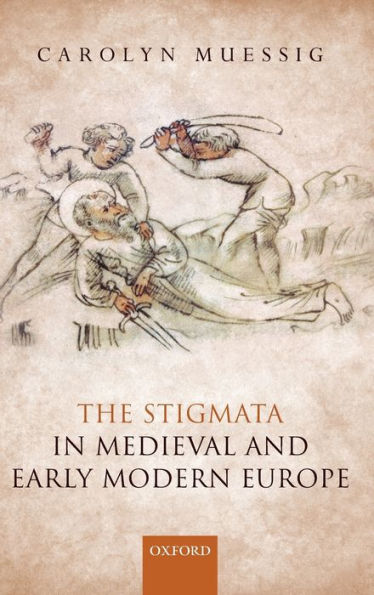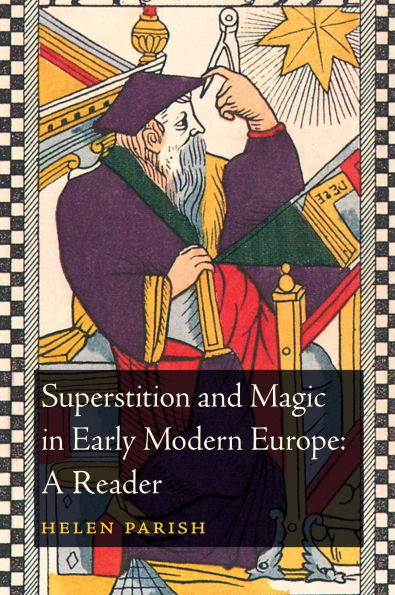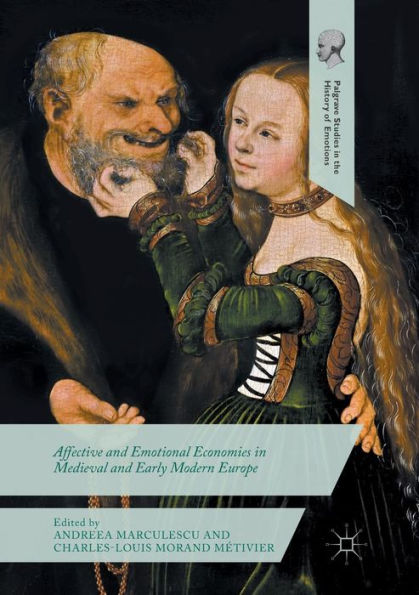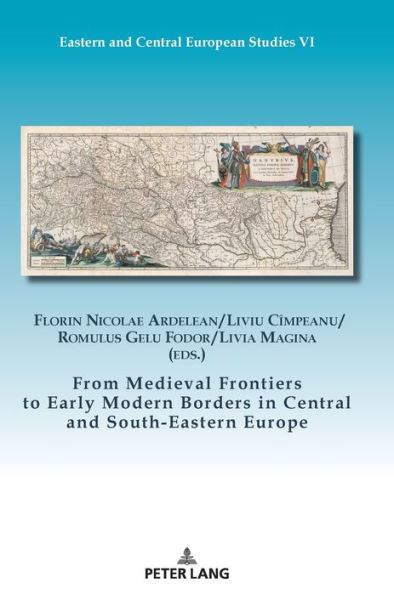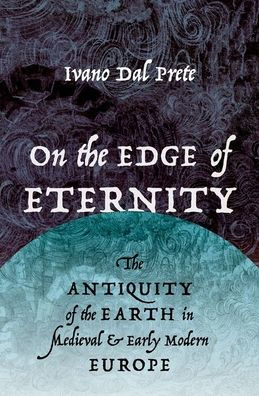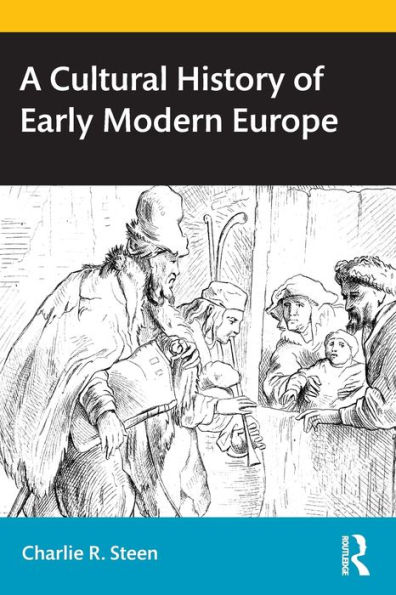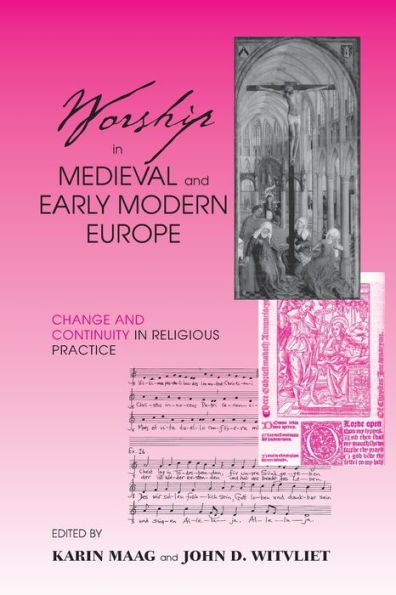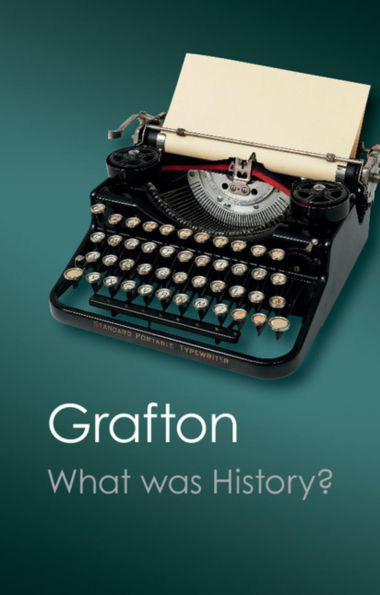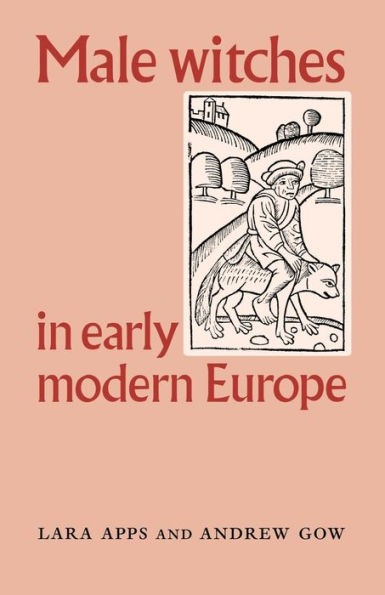Home
A History of Science, Magic and Belief: From Medieval to Early Modern Europe
Barnes and Noble
A History of Science, Magic and Belief: From Medieval to Early Modern Europe
Current price: $44.95
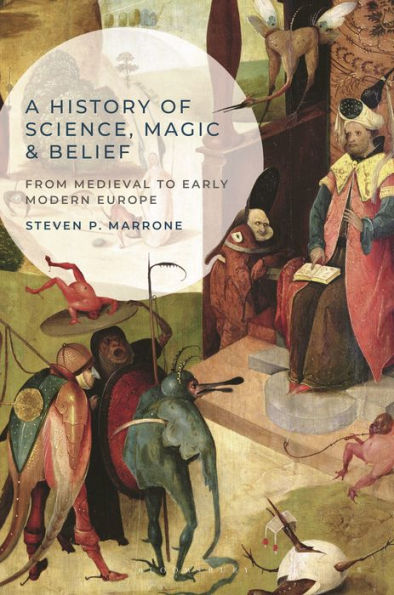

Barnes and Noble
A History of Science, Magic and Belief: From Medieval to Early Modern Europe
Current price: $44.95
Size: OS
Loading Inventory...
*Product information may vary - to confirm product availability, pricing, shipping and return information please contact Barnes and Noble
A History of Science, Magic and Belief
is an exploration of the origins of modern society through the culture of the middle ages and early modern period. By examining the intertwined paths of three different systems for interpreting the world, it seeks to create a narrative which culminates in the birth of modernity. It looks at the tensions and boundaries between science and magic throughout the middle ages and how they were affected by elite efforts to rationalise society, often through religion. The witch-crazes of the sixteenth and seventeenth century are seen as a pivotal point, and the emergence from these into social peace is deemed possible due to the Scientific Revolution and the politics of the early modern state.
This book is unique in drawing together the histories of science, magic and religion. It is thus an ideal book for those studying any or all of these topics, and with its broad time frame, it is also suitable for students of the history of Europe or Western civilisation in general.
is an exploration of the origins of modern society through the culture of the middle ages and early modern period. By examining the intertwined paths of three different systems for interpreting the world, it seeks to create a narrative which culminates in the birth of modernity. It looks at the tensions and boundaries between science and magic throughout the middle ages and how they were affected by elite efforts to rationalise society, often through religion. The witch-crazes of the sixteenth and seventeenth century are seen as a pivotal point, and the emergence from these into social peace is deemed possible due to the Scientific Revolution and the politics of the early modern state.
This book is unique in drawing together the histories of science, magic and religion. It is thus an ideal book for those studying any or all of these topics, and with its broad time frame, it is also suitable for students of the history of Europe or Western civilisation in general.
